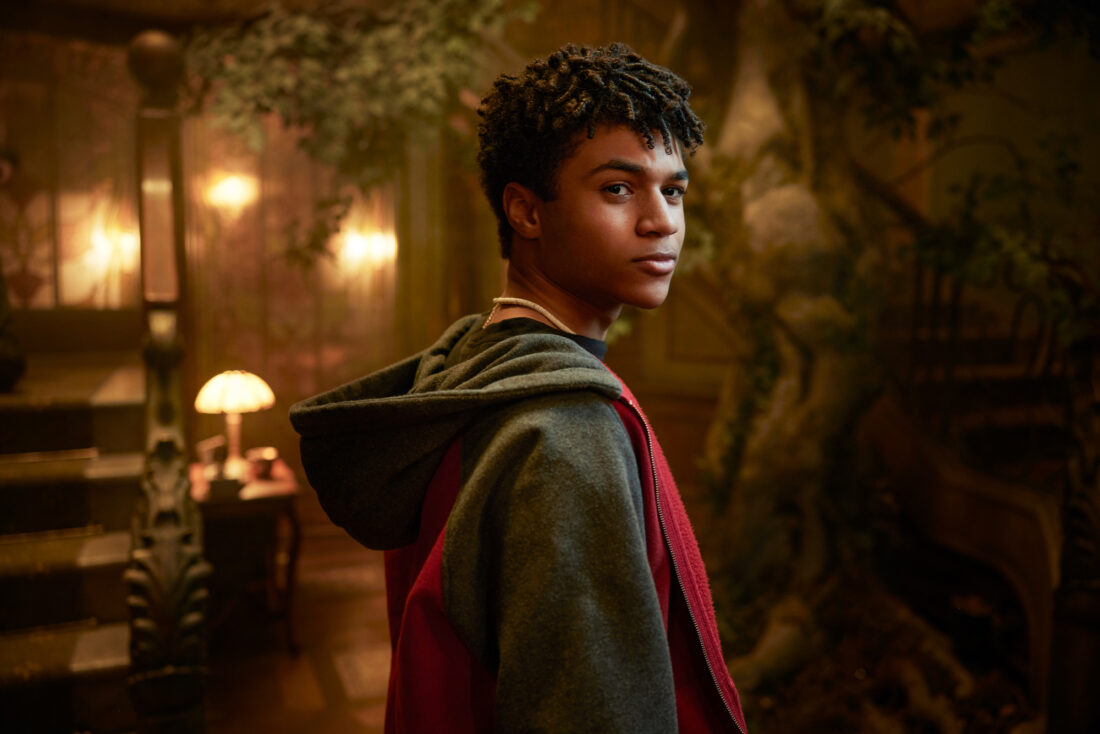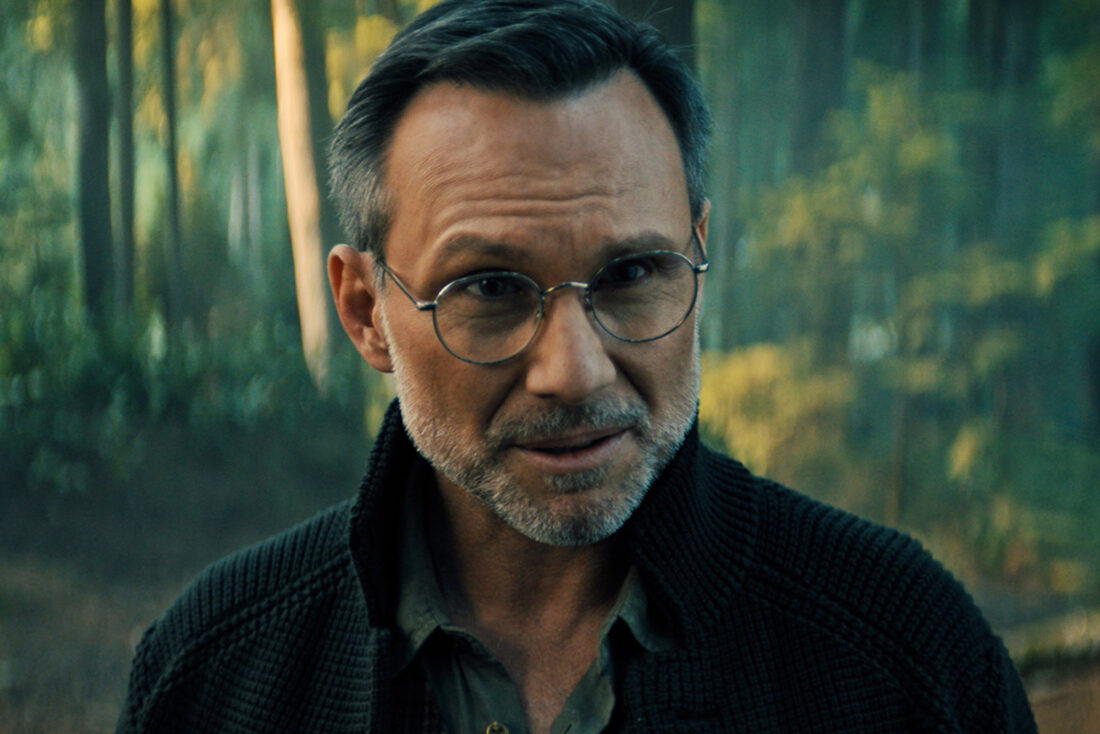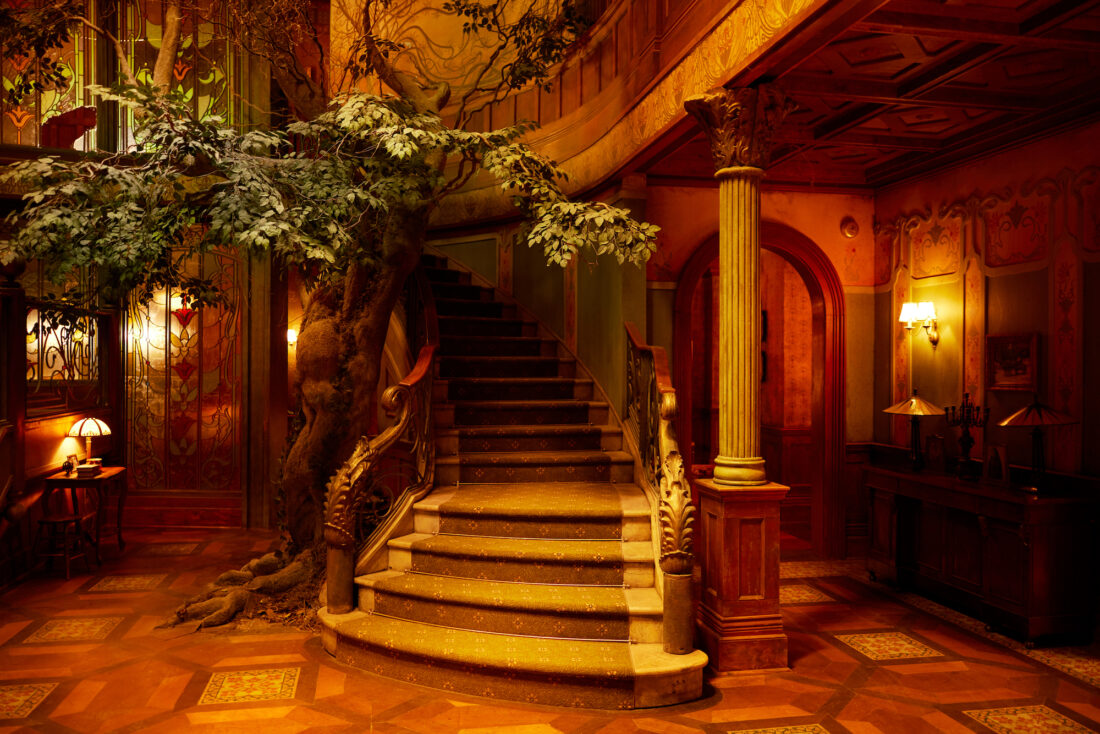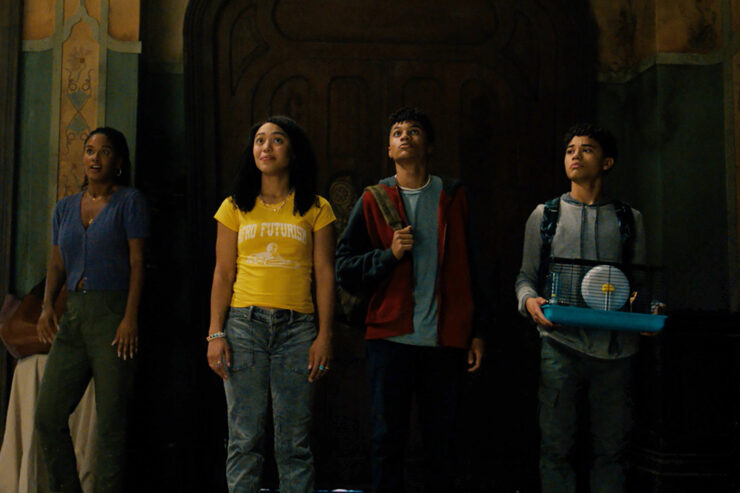The Spiderwick Chronicles is set to premiere on the Roku Channel in mere days, and the series based on the popular books by Tony DiTerlizzi and Holly Black makes some changes and additions to the original material while remaining true to its source (in no small part because DiTerlizzi and Black worked closely on the project).
I had the chance to talk with showrunner Aron Eli Coliette in the lead up to the premiere of the show, including how he initially passed on the project but came back to it during the pandemic. “This felt like a show that was an opportunity to talk about what teenagers are really going through, their mental health journeys, their neurodiversity journeys, and an opportunity to not only talk about it, but to destigmatize it,” he told me.
Read on for our full discussion, which includes how the addition of a certain character came to be (it involves a Mean Girls reference), where one can find Easter eggs while watching, and what word was the thematic inspiration for the Spiderwick estate.

This interview has been condensed and lightly edited for clarity.
I know you’ve worked on a lot of adaptations in the past, such as Daybreak and Lock & Key. What attracted you specifically to doing this adaptation of The Spiderwick Chronicles?
I make a joke that I have a very specific niche, which is families who move to Victorian mansions and find out that magic exists. And when they initially approached me about Spiderwick, I was like, “I think I’ve done this before. I think I’m good.” I initially said no. Because I was like, “I told the story. I’m good, thanks.”
But then some very wise people at Paramount asked me to read it again. And my four-year anniversary of working on this project was last week. So when I reread it, this was very early on in the pandemic, and looking at Jared’s struggles with mental health, his being the “bad kid,” his anxiety, his depression, everything that’s in the DNA of the story really started speaking to me, especially because I was watching my own kids go through their mental health journeys, of feeling so isolated. They’d close their doors. They didn’t want to talk about it.
And this felt like a show that was an opportunity to talk about what teenagers are really going through, their mental health journeys, their neurodiversity journeys, and an opportunity to not only talk about it, but to destigmatize it. I think there’s a lot of shame that comes with these emotions and we want them to go away. We don’t want to be depressed. We don’t want to be anxious. But the truth is it’s part of our emotional set. And this was a show that could juxtapose those real-life issues against this extraordinary world and talk about something that’s really relevant right now both to kids and to adults.

In terms of the adaptation, I know Calliope is a new character [played by Alyvia Alyn Lind]. Can you talk a little bit about the genesis of that character and the decision to add her to the show?
Yeah, absolutely. First of all, I mean, Alyvia is amazing. And if you ever if you watched Daybreak, you know why I cast her in this—I would just cast her and everything. She’s amazing. So in early discussions with [Spiderwick authors Tony DiTerlizzi and Holly Black], we know our Mulgarath had to be quite different than in the books or the movie because we needed to make sure it wasn’t an onslaught on the Spiderwick estate. He wasn’t a brute force ogre—our ogre had to be manipulative and had to worm his way into their lives. And he needed somebody to talk to, he needed this sidekick. And so in creating a sidekick, Calliope immediately came to mind just as a moody teenage kid who could also work her way inside the Grace family.
I think what was fantastic about it was we had all these amazing discussions about what kind of creature she would be. Because initially I was like, “Oh, she’s a goblin-like, like the Redcap in the book and in the movie. Let’s make her a Redcap. And Tony and Holly were like, “No! She can’t be a goblin—goblins are little creatures. They’re smaller. They’re fiercer. They’re more like really angry dogs. And that’s not what this character is.”
And I was like, “I’m not fighting for it to be a goblin. But what can it be?” And having Tony and Holly work so intimately on the show was such an amazing resource. I think I know a little bit about creatures but I know nothing in comparison to these two. And Holly said, “What if she’s a Fetch?” And my first instinct is, “I have no idea what you’re talking about. I have no idea what a Fetch is. You have got to explain this to me because my only point of reference is Mean Girls.”
She went on to explain and provided the most amazing images. It’s a portent of death. It is somebody who feeds on death and sees death coming and so therefore, it can take on the appearance of somebody who is either about to die or has recently died. And I was like, “This is amazing, what a fantastic character.” And she showed these images of people with their faces flipping around. So it’s something mechanical and organic simultaneously, that I just fell in love with. She can use glamour spells, but she’s also the emo kid because she’s the portent of death. She is that kid who was way into The Cure, way into My Chemical Romance. And what Alyvia brought is, yes, this is a creature who is hundreds of years old but can still feel that angst of being a teenager. We always like to say that she’s the loneliest teenager in the world. She’s the loneliest creature in the world because everybody is afraid of death.

I love the portrayal of the Spiderwick house. Can you talk a little bit about the process of creating the house and imbuing it with the vibe you wanted to have for the show?
Absolutely. First of all, we had an amazing production designer, Elena Albanese. I’m so lucky that we had her for the show—she is just an artist. The first thing was, Tony and Holly have a description in the book that the house looks like shacks built on shacks built on shacks, and we really wanted to run with that. This was a house that went through very different periods of architecture, based on Arthur Spiderwick and what creatures he was working with and dealing with at the time.
So you have the initial Victorian mansion in the center, and then you have all these little shacks built on shacks, houses built on houses—this what the fairies built; this is what the elves help them build. So all of the magical influences are just teeming inside this house and I wanted to make it both whimsical, and Holly’s favorite word, which is now my favorite word, is numinous. I want to make it feel like yes, it could exist, but there is wonder inside it.
There are two things that I want to bring up about it. One is, you also don’t want to judge [the mother] Helen, played by Joy Bryant who was just so wonderful. You don’t want to judge her for bringing them to a decrepit house, right? So it had to be a house that felt scary, that felt decrepit but also felt like we’re not judging her for living there. And we want them to explore all the aspects of this house. The other thing that just speaks to how genius [the production designer Elena Albanese] is and how much I just adore working with her, is she put hidden fairies and there’s all these Easter eggs all over that house. There are fairies hidden in the wallpaper. There are fairies hidden in the windows. Every frame that you look at, there’s something to discover, and there’s something to find within every shot of that house, which is what we want to happen. We want not only our characters to be exploring this house, but we want the audience to be exploring it simultaneously.
You can explore the Spiderwick estate yourself when The Spiderwick Chronicles premieres on The Roku Channel on April 19, 2024.










